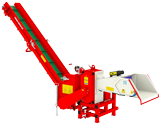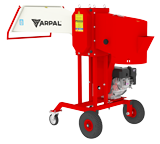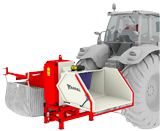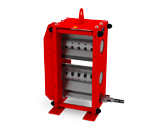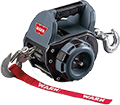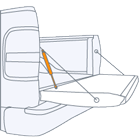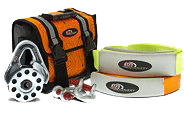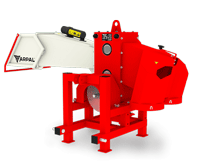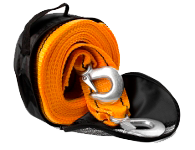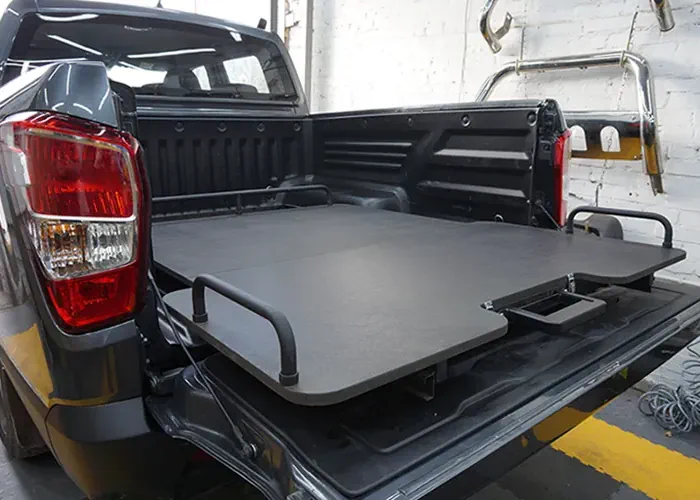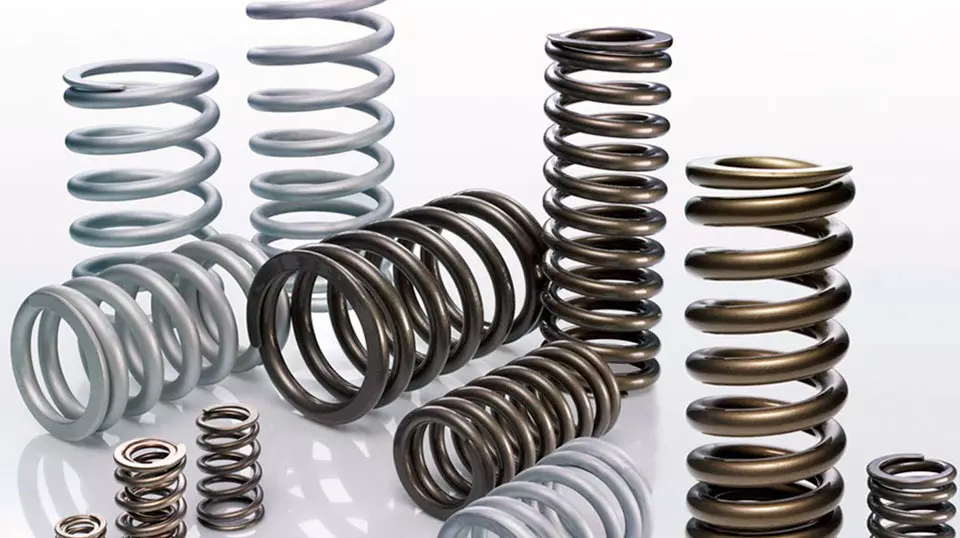Your vehicle's springs are crucial to safe handling and a comfortable ride. They maintain a constant ride height and provide elasticity to absorb road bumps. The spring not only holds the car and maintains ground clearance. It also determines how the car reacts to obstacles. Spring manufacturers design them so that the body does not sag too much when transporting cargo or passengers. And if you need to carry more cargo in the car, you can buy springs, which are made for almost all cars.
All suspension elements, such as arms, tie rods, stabilizers, ball joints and bushings, exist only to allow the spring to do its job: to compensate for road irregularities so that the wheel always remains in contact with the road.
What are springs for?

Leaf or coil springs are made of hardened steel wound in a spiral shape. Most modern passenger cars have these suspension components on the front axle, and quite a few pickup trucks and SUVs have them on all four wheels. If your car has a McPherson strut suspension, the spring goes around the shock absorber, and both elements are attached to the strut. If your car does not have struts, then coil springs and shock absorbers are mounted separately.
What is spring compression ratio?
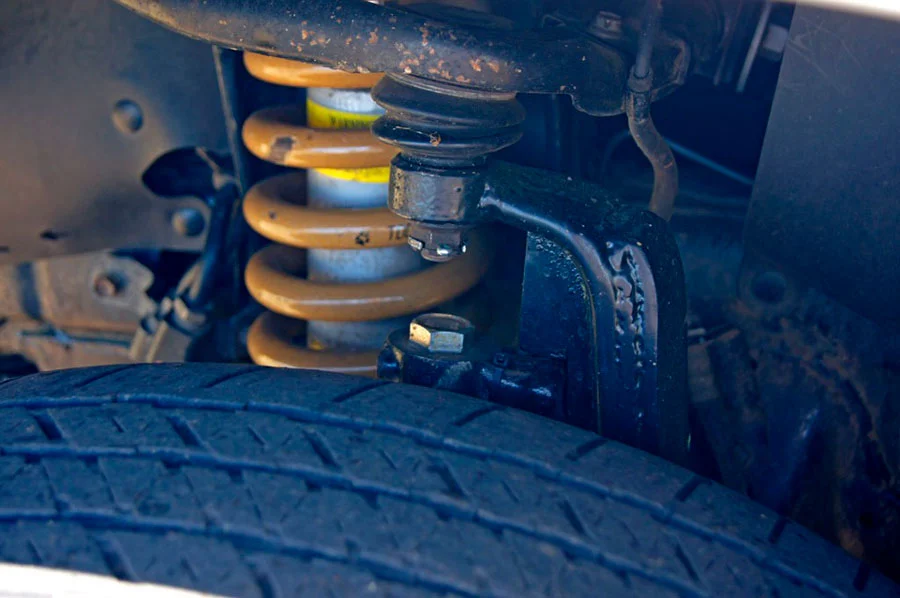
The main parameter is stiffness. The higher the stiffness of the spring, the more force must be applied to compress it. This characteristic is influenced by other parameters, including outer diameter and height, shape, coil pitch, wire diameter, number of turns, and material characteristics. Stiffness also depends on the diameter of the rods: thicker rods make the spring stiffer.
The length of a spring is its unstressed length, and the longer it is, the higher the stiffness.
In the same spring, the turn pitch (distance between turns) can be constant or variable. Short coils absorb minor road irregularities well, while long coils maintain suspension stiffness and controllability.
Popular spring shapes:
- Barrel-shaped: Have a convex outer surface and concave inner surface to increase load capacity. Since the stiffness changes unevenly, these springs adapt well to the load.
- Hourglass springs: Unique shape with a narrow center and wider ends provides increased flexibility and resistance to kinking under high load conditions.</li
- Tapered: Have variable pitch turns that do not contact each other during compression and are characterized by a longer stroke, progressive compression resistance and increased load capacity.
- Conventional (cylindrical): These are cylindrical springs with the same diameter and pitch. The coils of the same diameter touch each other during full compression and exert linear resistance.
The advantages of coil springs:

They use coil springs to provide the greatest versatility in different conditions. They allow for a comfortable ride for unloaded vehicles and become stiffer as weight increases, increasing stability without bouncing and preventing significant ground clearance reduction.
For sports cars with low ground clearance, coil springs dampen bumps better in normal street driving and stiffen in corners, reducing body roll during aggressive driving. For off-road vehicles, coil springs allow for increased suspension travel on rough terrain and contact with the surface even in the most difficult terrain.
Disadvantages of coil springs:
Compared to leaf springs, springs are not as good at carrying heavy loads. The weight of the machine is concentrated on a smaller surface area, while leaf springs distribute the load evenly.
To save weight, some manufacturers make springs thinner and lighter, but this lightweighting makes them more susceptible to sagging and fracture under pressure, especially if corrosion occurs. Some spring manufacturers, such as EFC, apply a durable coating to the springs, which is designed to prevent rust and tire punctures by shrapnel.
When to change springs?
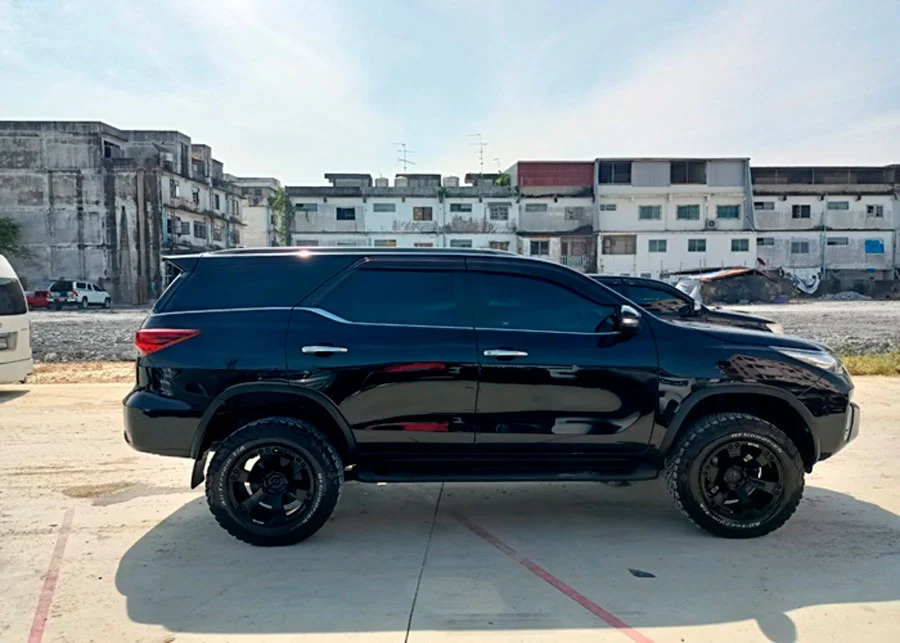
Over time, torsion springs wear out and begin to sag, causing the vehicle's ground clearance to decrease. Also, the spring can be broken if the suspension height is noticeably different on the left and right sides of the car. These problems become more apparent when you add even a small amount of weight, such as one or two passengers in the back seat. Broken springs can also produce a noticeable rumble and cause damage to other parts. They should be replaced immediately to avoid getting caught up in more expensive repairs.
Springs are often used in vehicles with multi-link suspension, so if the suspension height is out of whack, it can affect wheel alignment and tire wear. To check whether your suspension height is too low, you can find the specifications in the owner's manual or online and compare them with your own measurements.
What springs to choose?
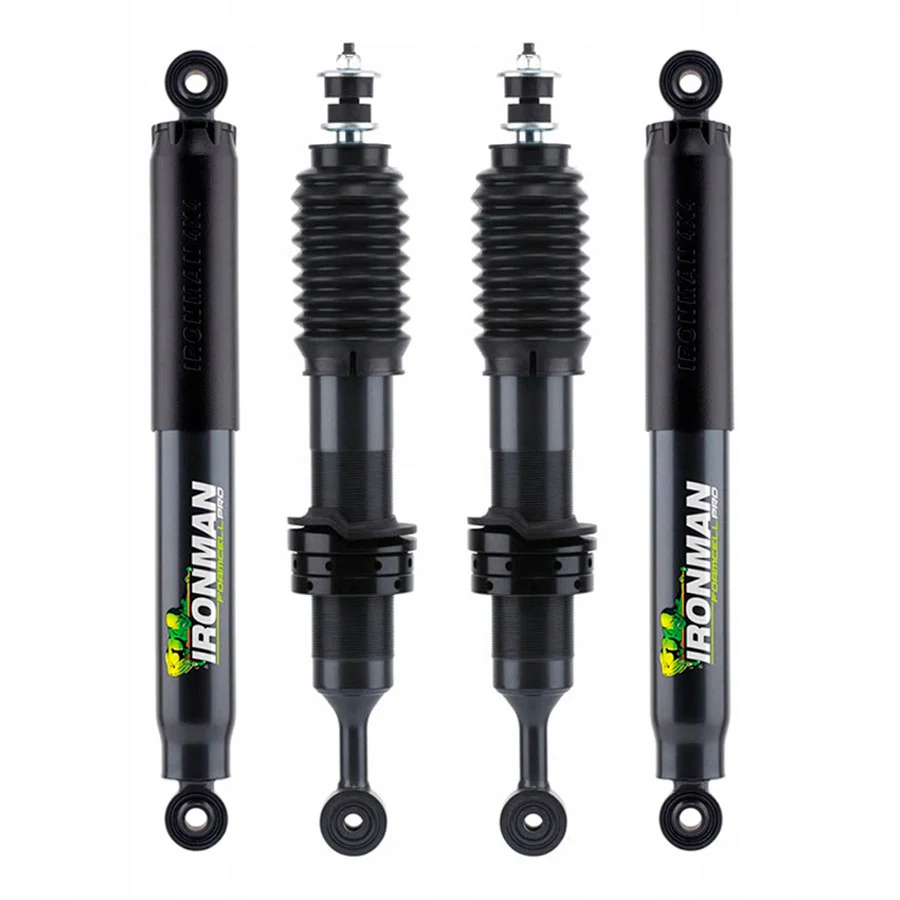
If you just need to replace the failed part and you are satisfied with everything in the suspension, then it is better to choose the original spring (you should change the springs in pairs so as not to expose the new spring to faster wear along with the worn one on the other side of the axle).
If you want to improve your suspension performance, we have reinforced springs from the world's best manufacturers designed to do just that. We also offer suspension lift kits, spacers, and SUV and pickup truck leveling kits (which raise the front of the vehicle more than the rear to level the vehicle relative to the surface).


 PL
PL
 CZ
CZ
